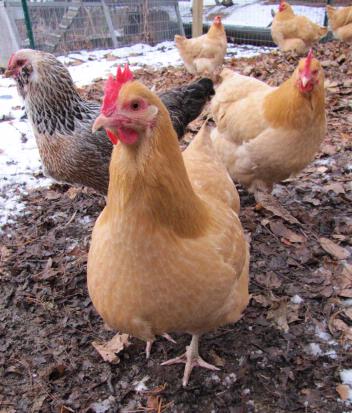The concept of species is tough enough in vertebrates, where the most common definition is animals that interbreed and produce fertile offspring. Essentially the parents give their young a bit of their DNA. Bacteria are kind of free and easy with their DNA; they’re pretty much floozies. They exchange DNA without forming an emotional bond at all. Sometimes they don’t even really touch. Even worse, since they don’t have different sexes it’s all same sex DNA swapping. Sometimes they even pick it up from dead, lysed bacteria. That’s just not natural.
Natural or not the world teems with these little creatures and not much would happen without them. To pick an example close to home, most of us have 10-100 trillion bacteria, archaea and yeast living in our guts representing at least 160 species. They make vitamins, digest molecules we can’t digest and help defend us against other bacteria. Frankly scientists have no idea what most of them do, but they don’t seem to do harm usually (the bacteria, not the scientists). Nevertheless we’ve been waging war against them for the better part of a century. From antibiotics to our own precious and pathological obsession with cleanliness, we have disrupted our gut biomes.
According to a 2012 paper in Nature magazine by Yatsunenko et al, the US gut microbiome lacks diversity. When she and her colleagues compared US gut flora to those of Venezuelan Amerindians and Malawians, we had roughly a quarter as many species. Moreover the gut flora of the Venezuelans was more similar to the Malawians then either were to the American guts.
When we take antibiotics we reduce species diversity but not the number of microbes. Most antibiotics target particular families or genera, wiping them out, or at least selecting for resistant individuals. When those groups are wiped out, other bacteria fill in the gaps. Exacerbating this, we get our microbial friends from our parents (mostly our mom), so if her species diversity ain’t so hot, ours will suffer as well.
This is not to say that antibiotics are bad, they’re great. There are lots of baddies out there. Take for instance the genus Salmonella. There are two species and lots of subspecies (serovars). One of these is called Salmonella enterica typhi and it causes typhoid fever. Typhoid fever is called that because it is like typhus. Typhus is also caused by a bacterium, but it’s called Rikettsia, not Salmonella. Of course it goes without saying that Rikettsia doesn’t cause rickets, that’s a vitamin D deficiency. Furthermore the Salmonella serovar that causes typhoid fever doesn’t cause food poisoning; that’s an entirely different bacterium, though you’d be forgiven for mixing them up on a dark night. Got all that?
What’s really staggering to me is that so few bacteria have evolved to take advantage of humans as dispersal mechanisms, which is exactly what the bad ones do. Cholera and Salmonella cause diarrhea which leads to bacterial dispersal – good for the bacteria, not for us.

Salmonella food poisoning is pretty common. We get it from unwashed food – particularly food that’s come into contact with chicken feces (like eggs, chicken meat) – I’m looking at you chicken. The bacteria don’t make the chickens sick. In fact Salmonella is a normal gut resident in lizards and amphibians. It just hangs out and maybe even does something good – we don’t know. But in us it wreaks havoc. It’s the right bacteria in the wrong place, or I guess the right bacterium in the right place from the bacterium’s pespective.


